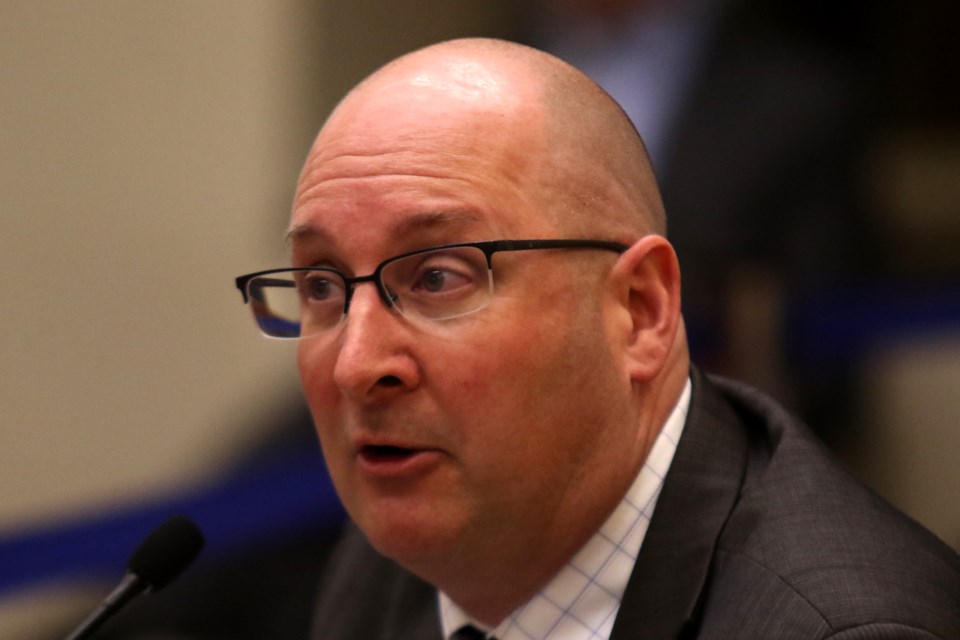THUNDER BAY – Thunder Bay’s tourism agency says the industry is poised to continue a tenuous recovery in 2022, but warns the sector – particularly parts relying on American traffic – is still suffering heavy losses.
Overall, the local tourism industry rebounded to about 60 per cent of pre-pandemic levels last year, said Tourism Thunder Bay manager Paul Pepe.
Pepe is set to present the annual report from the agency, part of the Thunder Bay CEDC, to city council on Monday.
“Obviously we’re going to be talking about the incredible challenges faced by our tourism sector through the second year of the pandemic last year,” he said. “But we’re also going to be balancing that with some of the highlights as well, the resilience demonstrated by our local industry that resulted in some new businesses opening, [and] a strong, albeit short, summer tourism season.”
Pepe is hopeful the industry can make significant gains in 2022, with the anticipated lifting of many public health restrictions and the arrival of significant cruise ship activity.
The year’s “big news” in tourism is the arrival of the 378-passenger Octantis, the newest Viking Cruises vessel, which is slated to make seven overnight port calls this summer.
All told, it’s expected to bring up to 5,200 visitors through the city, Pepe said.
“These are global visitors, they’re affluent, they’re educated, and they’re looking for the cultural attractions in Thunder Bay,” he said. “They’re interested in the Indigenous cultural experiences, the natural attractions, and learning more about the places they visit, learning about the history of the area.”
The city will also see two day stops from the Ocean Navigator, an American Queen Voyages vessel, he added.
“We’re starting to see the cruise industry and cruise potential pick up,” he said. “That’s one of the big things we’re working on – how to continue growing that, how to maximize the economic opportunities for Thunder Bay.”
They draw less attention than cruise ships, but Pepe said the hoped-for return of sporting events and meetings like conferences and conventions is a key part of the city’s economic recovery.
“Those are major, major drivers to our tourism economy on a year-round basis,” he said
Overall, he said, the city’s status as a smaller city surrounded by outdoor recreation opportunities could serve it well.
“People are looking for that, post-pandemic – they’re looking for [places] where they can spread out, where they aren’t crowded, and they can explore the outdoors,” he said. “I think that, combined with our culinary and cultural attraction scenes, is going to play well for us.”
News from 2021 wasn’t all bad, he said, pointing to a strong leisure season in July and August, with the partial recovery of domestic travel.
There were glimmers of hope, like daily visits to the Terry Fox memorial visitors’ centre recovering to pre-pandemic levels when it reopened in July.
“We still had one of the top-performing hotel occupancy rates in Canada throughout the pandemic… right up into December, so that’s a positive,” Pepe said.
Still, there’s no denying the hit the industry has taken during the pandemic – and some sectors were harder hit than others.
Air travel, for example, was down by upwards of 60 per cent last year, still an improvement from 2020, he said.
“Although that was stronger than 2020 – the rebound is moving in the right direction – we were still far short of a normal year,” he said.
Even after the Canada-U.S. border reopened in August, Thunder Bay saw only about 25 per cent of normal traffic from American visitors. Pepe attributed that in part to low U.S. vaccination levels, given vaccine requirements at the border.
Americans typically made up fully a third of the estimated 660,000 yearly visitors to the city, pre-pandemic, he noted, many drawn by the outdoors and hunting and fishing opportunities.
In general, he said tourism businesses struggled with labour supply and liquidity issues, and the loss of U.S. and international markets.
Pepe has estimated it will take years for the tourism sector to fully recover from the pandemic.
